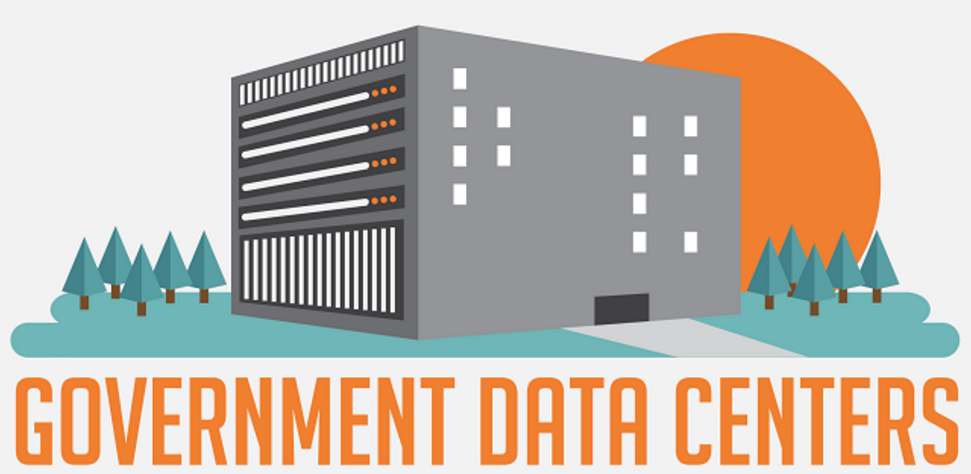5 Things Every Data Center Manager Should Know About the DCOI
If you’re involved in data centers in the United States, you’ve probably heard about the Data Center Optimization Initiative (DCOI), a comparatively new government mandate aimed at improving energy efficiency and reducing expenditures in physical federal data centers. But whether you’re managing a federal data center or simply want to learn more about boosting data center efficiency, knowing these five things about the DCOI will help you in your own data center optimization efforts. Here’s our list of five things that you should know about the DCOI:
1. What the DCOI is
The DCOI was established by the Office of Management and Budget (OMB) memorandum M-16- 19 in 2016 and supersedes the Federal Data Center Consolidation Initiative (FDCCI) announced in 2010. In comparison with the FDCCI, the DCOI initiative has stricter goals and additional rules that were made to reduce data center inventory and maintenance costs.
The DCOI originally had a deadline of 2018 for many of its goals. However, the Federal IT Acquisition Reform Act (FITARA) Enhancement Act of 2017 extended the DCOI deadline from 2018 to 2020 to provide agencies with more time to ensure compliance.
2. The goal of the DCOI
The primary goal of the DCOI is to reduce government spending on physical data centers. The Initiative requires agencies to build into their data center management strategies specific metrics and methods to more efficiently leverage existing resources, infrastructure, and facilities to decrease costs.
To achieve this, the DCOI focuses on three main areas in data center management strategies:
-
Consolidation. Agencies will be required to close 25% of tiered data centers and 60% of non-tiered data centers. Agencies will no longer be able to build a data center specifically to support their needs.
-
Optimization. Data centers will need to meet five identified metrics to increase efficiency.
-
Cost savings. Annual costs associated with federal data centers are required to decrease by at least 25%, for a total of about $2.7 billion in savings.
3. How optimization compliance with the DCOI Is measured
Federal data centers are required to track and achieve five efficiency targets to comply with the optimization goals of the DCIM.
These metrics include:
-
Energy metering to monitor power consumption
-
Power Usage Effectiveness (PUE) to ensure energy efficiency
-
Virtualization for effective use of IT equipment
-
Server utilization for effective use of IT equipment
-
Facility utilization for effective use of space capacity
4. Where DCIM fits in
The DCOI requires agencies to replace manual methods of collecting and reporting on data with automated Data Center Infrastructure Management tools for greater accuracy and efficiency. Using DCIM software in combination with the installation of meters, intelligent rack PDUs, and monitoring tools provide an optimal solution to achieve the targets set forth by DCOI.
5. Why you should care (even if you’re not a federal data center manager or operator)
It’s easy to dismiss the DCOI if you don’t work for a government agency or data center. However, the ultimate goals of consolidation, optimization, and efficiency are shared by almost all organizations, regardless of industry. Learning about the metrics and methods enforced by the DCOI can help you in your own optimization efforts.
Moreover, the DCOI and its objectives provide a common ground for data center managers and operators to work with IT and Facilities teams and start the conversation around shared targets to boost efficiency—and how DCIM can help.
Looking for a fast and easy way to measure your data center optimization progress? Our upcoming DCOI Executive Dashboard provides one-click access to the KPIs and real-time data you need to track. Download the datasheet to learn more, and then have a one-on-one discussion to see it in action.
Originally published April 11, 2017. Updated March 2, 2018.





























